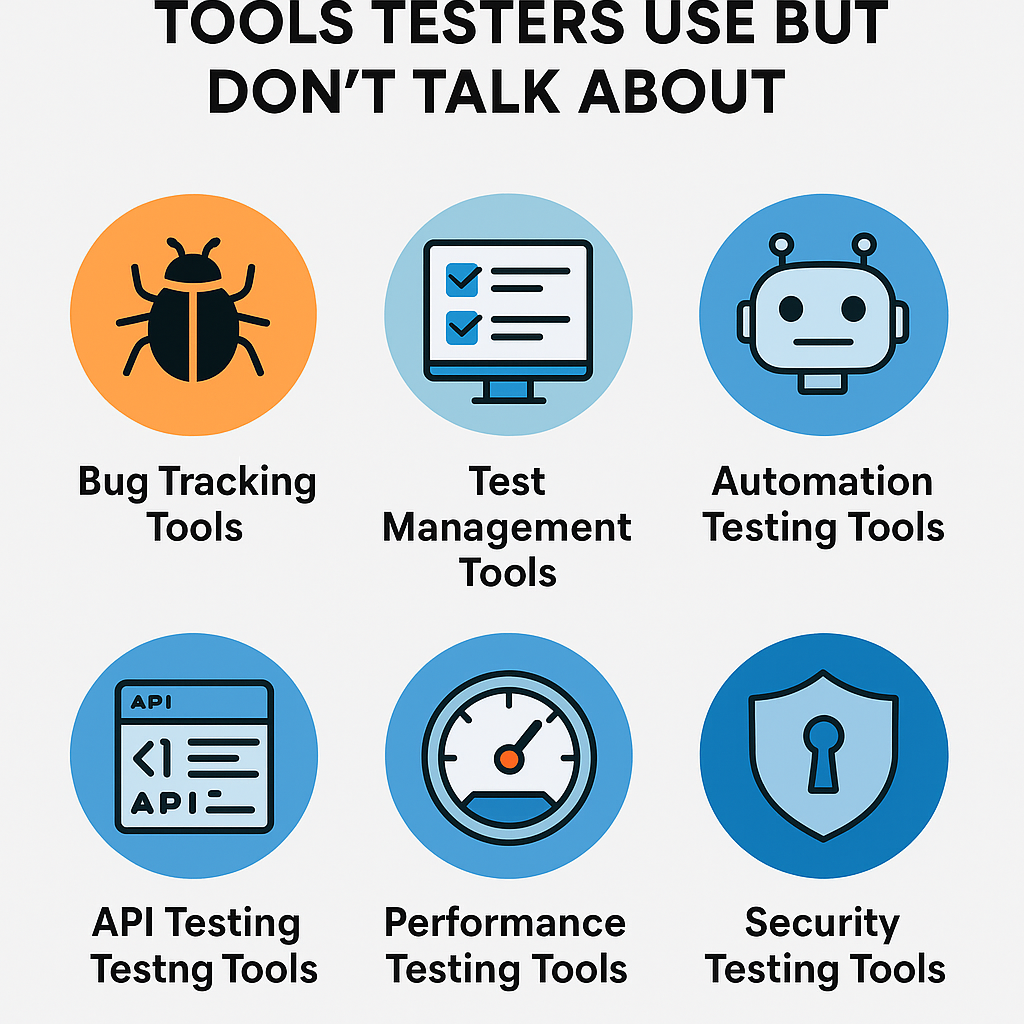In this tutorial, we are going to dig up an interesting part of Software Testing, i.e., “Exploratory testing”. In this tutorial, we will explore the importance of exploratory testing, its advantages and disadvantages, and how you can use it in your actual testing. Additionally, there are key points that will allow you to start understanding and applying Exploratory Testing in actual testing.
A basic question that comes to a tester’s mind is, “What is exploratory testing in software testing?”. As the name suggests, exploratory testing is a form of software testing without any specific plans or schedules. There are no test cases or test planning documents in this process. Identify the functionality of the application by exploring it and learning about its design. Then, design test cases and execute them.
What is Exploratory Testing?
“Exploratory testing is an approach to testing that allows you to apply your skills and experience as a tester in a focused way.” First, testers should understand the application by exploring it, and then they should come up with the test scenarios based on their understanding. Subsequently, begin actual testing of the application.
Also read What is System Testing?
When do we conduct exploratory testing?
We will rely on this testing for certain aspects:
- When there is no requirement or testing document or minimal documentation.
- When you are rushing to finish your application testing.
- When you’re trying to test the application in the early stages of the SDLC.
- When we have a critical application, the testing team employs experienced testers, and new testers are brought into the team.

Key points to keep in mind when using exploratory testing techniques
- The software stability is confirmed by the preparation of test scenarios.
- The software will be tested extensively based on the identified requirements.
- Make sure you understand the requirements as well as the functionality of the software.
- Determine the limitations of the software.
- The scope of the project should be identified.
In this type of testing, the testers are expected to put in the minimal planning effort, but deliver maximum execution coverage, in order to ensure that the exact functionality of the application is covered. This can be helpful for testers to decide what they should test next.
During testing, the tester gains an understanding of the software application’s behavior and starts creating a test plan or test scenarios. There are several testing tools for exploratory testing in the market. One of the exploratory testing tools is ‘Session Tester,’ which can be used for managing and recording session-based testing. The creation of test scenarios is highly dependent on the experience and learning of the application under test.
In this type of testing, the tester is given freedom in what to test. The finding of a bug is not only dependent on the experience of the tester, but also on the tester’s skill.
Instructor-led Training
Software Testing Online Training
- Manual Testing
- Database/SQL/Database Testing
- JIRA defect management tool
- Java Programming
- Selenium Framework
- TestNG
- Cucumber with Maven
- Basic of Jenkins
To get more details, please visit the following URL:
Master of Manual Testing + Automation Testing Training program
Software Testing Classroom Training
Software testing classroom training includes the following modules:
- Manual Testing
- Database/SQL/Database Testing
- JIRA defect management tool
- Java Programming
- Selenium Framework
- TestNG
- Cucumber with Maven
- Basic of Jenkins
- API Testing with SoapUI or Postman
- Performance Testing with Jmeter
To get more details, please visit the following URL:
https://www.qaonlinetraining.com/programs/master-of-software-testing-ba-istqb-training/
Note: In classroom training, Business Analyst Training is totally free. And ISTQB Certification training is totally up to you.
Conclusion
Exploratory testing is not a conventional form of testing, but it is still a very powerful method of testing an application. It encourages good testers to think outside the box and come up with real-time test cases for finding defects. Any project that requires minimal documentation, even if it is using a waterfall model or Agile methodology, can be exploratory tested.












